
Word Play
No harm in a little eye-candy from time to time! The magnificent Mandarin is back in his breeding finery for most of us, including some finely-marked feathers on his flanks.

No harm in a little eye-candy from time to time! The magnificent Mandarin is back in his breeding finery for most of us, including some finely-marked feathers on his flanks.

News of a talking duck is not new, but the Australian Musk Duck Biziura lobata is a recent subject. The repertoire of this species includes many sounds that the birds
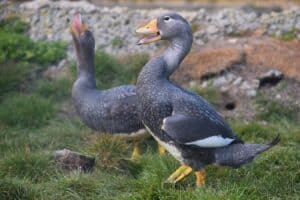
The sharp, horn-covered bony projection on the wrist joint of some waterfowl is known as the Carpal spur. It is there for fighting! The Magellanic Steamerduck (Tachyeres pternes) and the

One of our most popular show classes is the heavy Pekin Duck. We regularly attract a large number of entries and hope to see some of these great birds at

The stunning Baikal Teal (Sibirionetta formosa) is a firm favourite for many, but it’s only a generation or 2 since it was considered difficult to breed and so commanded a

The Green Pygmy Goose (Nettapus pulchellus) is a little jewel found exclusively in Northern Australia and southern New Guinea. It’s an extremely rare bird in captivity, but the wild population
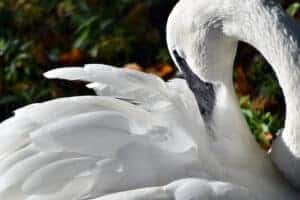
The Western Boreal Forest in Canada and the United States is the largest intact forest remaining on our planet. Fitting that one of the largest flying birds — the Trumpeter
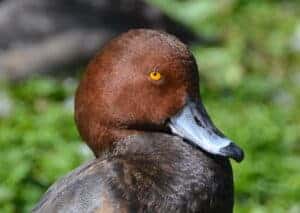
The North American counterpart of our Common Pochard Aythya ferina, the Redhead A. americana breeds across the Prairie Pothole Region. It winters predominately in coastal areas along the Gulf of
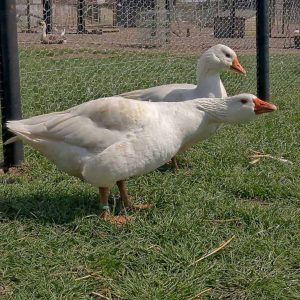
A gander will often stand between his mate and potential threats, his head down in a defensive posture. Here a male Czech Goose shows this primitive expression of aggression and
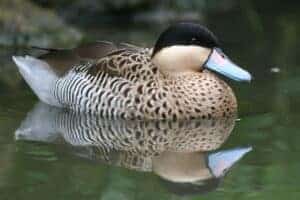
If someone referred to ‘Zorro’ ducks, would they mean the Silver Teal? Also known as the Versicolor Teal, this attractive little duck is widely distributed in South America. Or maybe
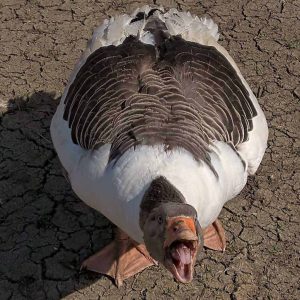
This Pied Pomeranian gander is boldly defending his goose whilst she incubates. He rarely approaches the nest, but keeps visual and vocal contact with her. This breed also occurs in
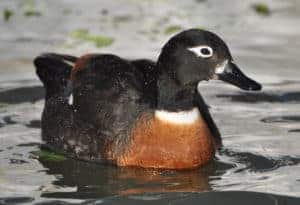
Most species of the tribe Tadornini are found in the Southern Hemisphere; shelducks being more aquatic than sheldgeese. The Australian Shelduck Tadorna tadornoides is a large rusty-brown duck with large
The BWA offers members a wide range of services and facilities to help you get more enjoyment from waterfowl.
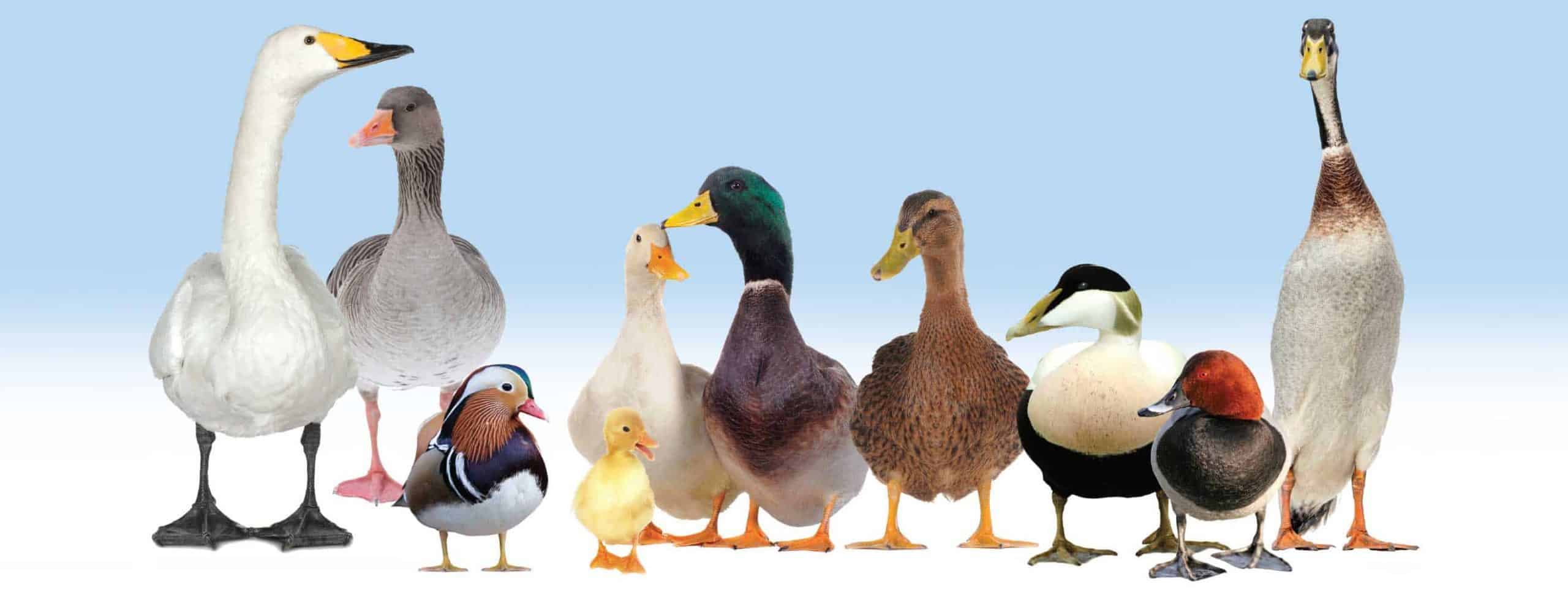
© 2024 – All Rights Reserved | Registered charity number 263156